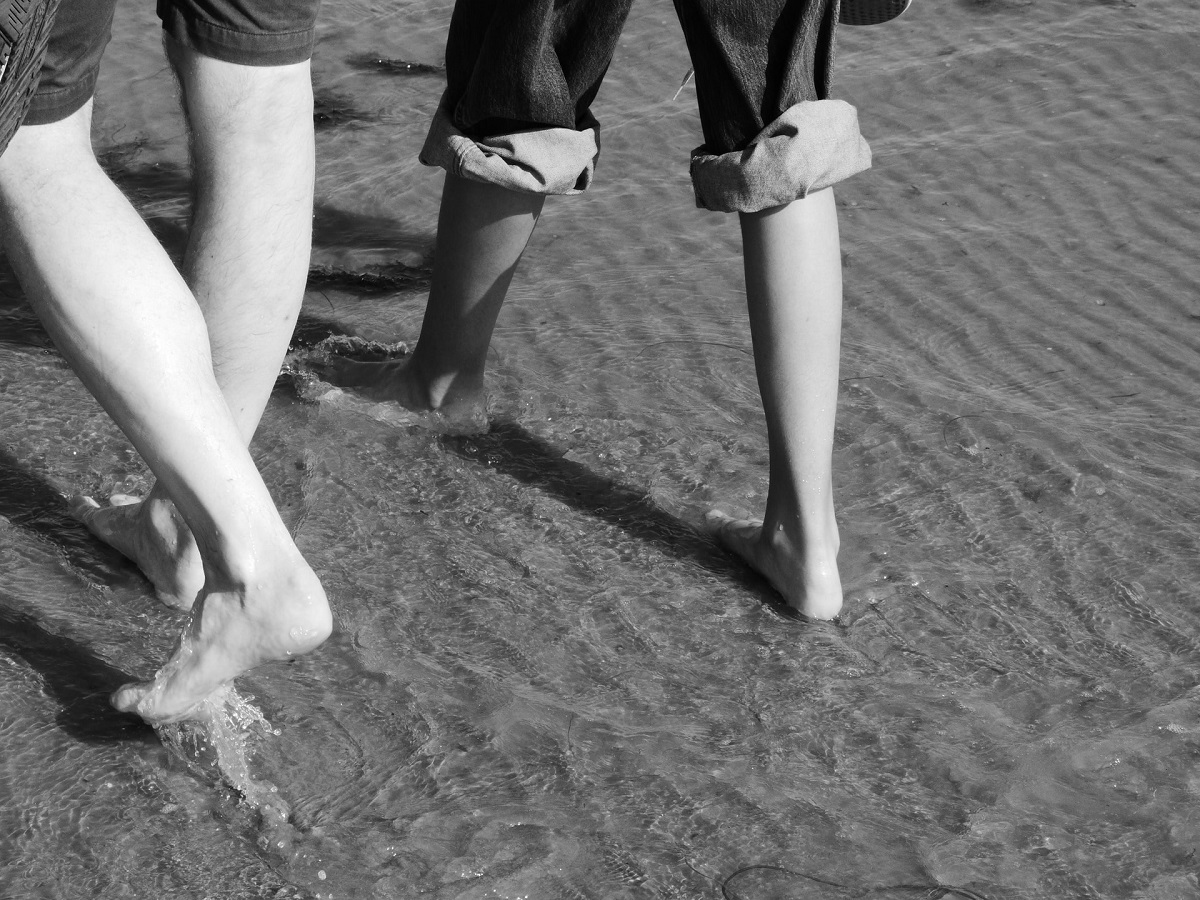For thousands of years, our ancestors have been stalking prey, using spears, and generally just trying to survive in the great outdoors without much other than some flimsy tools made of stone and wood. But other than having a “minimalist” lifestyle, especially in terms of tool use, many of our ancestors didn’t also have the proper footwear that we have today. But even though our ancestors didn’t have flashy sneakers or fashionable combat boots that they could use while stalking prey in thick foliage, our feet were known for being one of the most “durable” parts of our body.
As a species, we are known for our stamina and our legs’ power in outrunning our prey. Even before we have invented shoes and apparel to protect our legs, our feet evolved without little to no protection. However, without proper protection from the natural elements, parasites, and predators, many of our ancestors suffered various injuries.
Naturally, our bodies also adapt to the environment that we are in. The general rule of thumb is that a part of our body that’s more exposed to solid surfaces will have thicker skin. This is why our soles and feet will usually have the thickest skin. Still, many sports enthusiasts and runners known for suffering injuries will usually walk barefoot, with many individuals claiming that they are experiencing relief to much of their symptoms.
In some cases, runners would say that it’s more relaxing and is a great way of enjoying the great outdoors. But are these claims true? What are some important facts that we have to know about running barefoot? Here’s what you’ll need to know.
Does Running Barefoot Cause Injuries?

Although there might be some advantages to running barefoot, it’s important that we also discuss some risks that usually come with it. Discussing the risks of running barefoot can help you address any potential hazards when you’re doing it. After all, safety should always be the priority.
What’s one of the most common types of injury that are usually related to running barefoot? Well, this will usually lead to stress fractures. But contrary to what most people think, this is partially the fault of the runner for not making any gradual adaptations. A sudden change in physical activity will lead to muscles not being able to adapt to the activity.
With this in mind, the best way of helping our feet “adapt” to different types of terrain is by slowly exposing them to different kinds of ground and terrain. Based on Wolff’s law, individuals that use shoes more frequently are known for having weaker supporting bone structure in their feet, which is known to cause stress fractures.
That said, it’s best to take off your shoes when you’re adapting to another terrain. Most would suggest starting getting your feet accustomed to your home. When you’re just running around inside your apartment, there’s a good chance that the friction produced by your foot could lead to wear and tear on your flooring or your carpets. Although this doesn’t necessarily accuse as much damage as the sole of shoes, it’s still important to protect your floor from damage. Fortunately, there is decorative concrete resurfacing products that can help retain the pristine quality of your flooring, no matter what type of activity is happening at your pool, in your garden, or within your living room.
It’s also important to note that running barefoot in damp and muddy soil can increase the likelihood of infections getting parasites, especially if you’re running with an open wound or in flooded waters.
Addressing Other Myths
There are a variety of myths that’s related to walking barefoot. One of the most peddled myths is that you can easily get injured if you’re not too careful. Well, this can happen if you’re not looking at where you’re going. This is almost the same when you’re riding a bike or riding a car – you have to keep your eyes on the road to avoid obstructions.
Another myth that most people believe is that it’s cold when you’re walking without shoes, especially in temperatures below 59 degrees Fahrenheit. In reality, there a variety of factors that you’ll need to consider.
- Friction – Some people who walk barefoot would say that friction will usually keep your feet warm.
- Movement of your body – When your body is in “exercise mode,” it will produce a substantial amount of heat.
- Blood circulation – When you’re walking barefoot, it’s easier to get the blood flowing.
But just like any physical activity that you will be partaking in, it’s important to come prepared. Although much of our body will gradually adapt to any situation, safety should be the first thing athletes and enthusiasts think about. You don’t necessarily need to go out without any shoes, though. There are minimalist running shoes in the market that are great for your feet while also protecting them from danger. Remember: you should give yourself some time to adapt to your terrain.